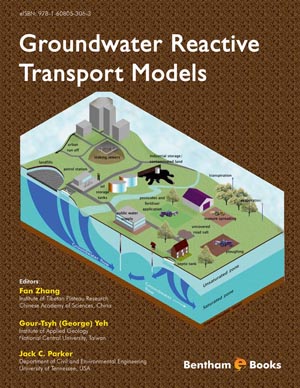Abstract
In the large northern German Hermann’s Cave, one skull and 127 bones of four lion skeletons have been excavated since 1968 which are presented in an osteologi monograph. Three of them are incomplete and were found scattered in a smaller area (3 m2) in autochthonous Late Pleistocene MIS 3-5d layers at a distance of 90 far from the former entrance. It is expected that further bones completing those in future digs. Those three originally articulated Panthera leo spelaea (Goldfuss, 1810) (popular name = Ice Age steppe lion) few scattered skeleton remains of early adult to grown up individuals were found nearby the end of the 90 meters deep into the middle ponor level reaching horizontal cave bear den cave. Those lions represent an elderly-pathological (dental pathology – all broken and polished canine teeth, broken rib with callus), adult male and two adult female lions. A new and updated bone metric statistics (crania and longbones) including material from the Upper Rhine Graben (southern Germany) demonstrates a size increase of the lions according to the Bergmann’s Rule. The Eemian lions are small, increase in size with the temperature drop and have finally largest forms (reching even nearly similar in size to the older P. l. fossilis Reichenau, 1906) in the cold MIS 3 period, before the Last Glacial maximum, when they got extinct. Three variants are distinguished with the small Eemian Interglacial (MIS 5e) P. l. s. brachygnathus Dietrich, 1968, (holotype mandible from Dechen Cave and paratype skeleton of neumark Nord Lake 1, Germany) the most common Weichselian/Wuermian (MIS 4-5d) P. l. s. intermedia nov. var. (holotype skull and all herein described material from the Hermann’s Cave) and the largest form P. l. s. var. maximus (holotype skeleton from Huttenheim, Germany). Originally articulated skeletons of one to four adult lion individuals where found further from entrances in easy accessible larger cave bear dens are found in at 14 European cave bear den sites most convincing for the Urşilor Cave (Ro), the Sloup Cave (CZ), the Bilstein Cave (D), and herein added, in the Hermann’s Cave (D). Those sites prove cave bear predation by the last lions of Europe in boreal forest mountain regions, most probably accured mainly in winter times during cave bear hibernation and in spring, for cub killing even most far into the cave system. At several lion remains from cave sites large canine (unclear origin from cave bears, lions or hyenas) bite damages on skulls or fewer longbone joints such as postcranial trauma pathologies indicate “battles” with “large prey/antagonists” most probably in the caves. Natural death by trapping of those nocturnal climber felids can be excluded in nearly all cases, because most of them are horizontal (ponor-level) caves. In rare cases, trapping of lions in complex and large and vertical connected cave systems cannibalism might have happened under stress situation found with a possible example of one scavenged subadult lion in the Romanian Urşilor Cave. Lions must have died mainly during interspecies battles with smaller Ursus spelaeus eremus (= small cave bear) or large body sized Ursus spelaeus ingressus (= large cave bear). Lions are represented in the cave bear den caves only by 1-3% of the bone NISP. If only one weak lion/lioness was killed per 25.000 years in a larger cave bear den, this would explain the low amount of lion skeletons (bones) due to rare lost battles, whereas signs of deathly injuries on bones of lions are absent, if only soft tissues were damaged causing mortality. Those lions were not consumed by the herbivorous cave bears, explaining why their articulated skeletons between cave bear nests and “carcass bonebeds”.
Keywords: Late Pleistocene, Cave bear dens, Lion taphonomy, Articulated skeletons, Cave bear predation, Europe.












